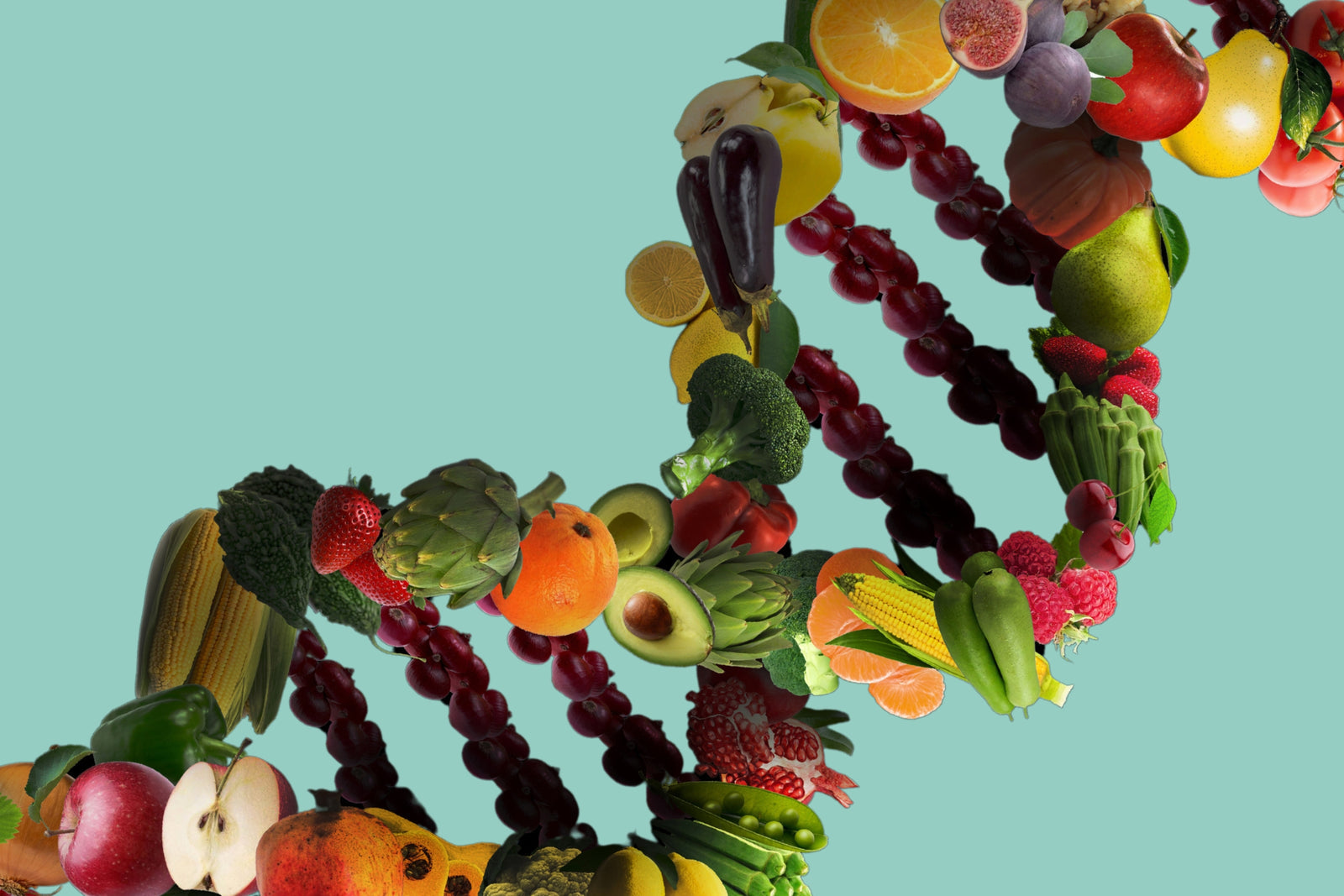Understanding Your VDR Gene and Vitamin D: What Your Genotype Means for Bone and Overall Health
Vitamin D is essential for bone strength, immune function, muscle and nerve activity, and other body processes. Your body makes vitamin D in the skin when exposed to sunlight and you can also get it from certain foods and supplements. The VDR gene encodes the Vitamin D receptor, a protein that allows cells to respond to vitamin D and activate processes like calcium absorption and bone formation. Variations in the VDR gene can change how well your body uses vitamin D, which can influence bone mineral density and overall health.
How this affects you
People with certain VDR gene variants may have receptors that work less efficiently. That means even if blood levels of vitamin D are normal, the body may not convert or use it as effectively. Over time, reduced receptor function can contribute to lower active vitamin D activity and a higher risk of weaker bones or fractures. The recommendations below are focused on supporting healthy vitamin D status through diet, lifestyle, testing, and supplements as appropriate.
Diet and food sources
- Fatty fish: salmon, mackerel, sardines, and trout are rich in vitamin D.
- Fortified foods: many dairy alternatives, milk, orange juice, and cereals are fortified with vitamin D.
- Mushrooms: look for UV-exposed varieties that contain higher vitamin D2 or D3 precursors.
- Egg yolks and liver provide small amounts of vitamin D.
- Combine vitamin D foods with dietary fat to improve absorption, since vitamin D is fat soluble.
Supplements
- Vitamin D3 is generally recommended because it raises and maintains blood levels more effectively than D2.
- Dosage should be individualized. Common maintenance doses range from 600 to 2,000 IU per day for many adults, but higher doses may be needed to correct deficiency under medical supervision.
- Because some people with VDR variations may need higher active vitamin D activity, working with a healthcare provider to check blood levels before and during supplementation is important.
- Calcium intake and balance are also important for bone health. Discuss combined calcium and vitamin D needs with your clinician.
Lifestyle recommendations
- Sunlight exposure: aim for regular, moderate sun exposure on bare skin when safe. Even short daily exposure can help, but balance this with skin cancer prevention strategies.
- Physical activity: weight bearing and resistance exercise support bone strength and overall musculoskeletal health.
- Maintain a balanced weight: both underweight and obesity can affect bone health and vitamin D status.
- Limit smoking and excessive alcohol intake, as both negatively affect bone density.
- Consider posture, fall prevention, and home safety if bone weakness is a concern.
Testing and monitoring
- Ask your healthcare provider about measuring serum 25-hydroxyvitamin D to assess vitamin D status.
- Bone mineral density testing may be appropriate if you have risk factors for osteoporosis or fractures.
- After starting or changing supplements, follow up with blood testing to ensure levels are in a healthy range and to avoid excessive vitamin D.
2 effect alleles (TT) — What this means
If you have the TT genotype for rs1544410, you carry two copies of the effect allele. This variation in the VDR gene may reduce how efficiently your cells respond to vitamin D. Even with normal blood vitamin D levels, your body might not utilize vitamin D as effectively. That could lead to lower active vitamin D activity and a higher risk of lower bone mineral density over time. Practical steps include focusing on vitamin D rich foods, considering a vitamin D3 supplement especially if sunlight is limited, and prioritizing weight bearing exercise. Regular testing of serum 25-hydroxyvitamin D and discussion of bone density evaluation with your healthcare provider can help guide personalized care.
1 effect allele (CT) — What this means
If you have the CT genotype for rs1544410, you carry one copy of the effect allele. This can lead to a moderate reduction in Vitamin D receptor efficiency. Your body may have a somewhat reduced ability to bind and activate vitamin D related responses. That can translate to likely lower effective vitamin D activity and a possible increased risk for lower bone mineral density, even if blood vitamin D appears adequate. To support bone and vitamin D function, emphasize dietary sources of vitamin D, consider supplementation with vitamin D3 if you have limited sun exposure or low blood levels, maintain regular weight bearing exercise, and work with your clinician to monitor vitamin D status and bone health as needed.
0 effect alleles (CC) — What this means
If you have the CC genotype for rs1544410, you carry two copies of the non-effect allele. This genotype is associated with typical vitamin D receptor function and standard bone mineral density risk. Your VDR receptors generally respond normally to vitamin D from sun exposure, foods, and supplements. Even so, maintaining adequate vitamin D intake and safe sun exposure remains important. Continue to include vitamin D rich foods in your diet, consider supplementation if you have risk factors for deficiency, stay active with weight bearing exercise, and consult your healthcare provider for testing if you have concerns.
When to speak with your healthcare provider
- If you have symptoms such as unexplained bone pain, frequent fractures, or muscle weakness.
- If you are considering starting high dose vitamin D or combined calcium supplementation.
- If you have medical conditions or take medications that affect bone health or vitamin D metabolism.
- To interpret genetic results in the context of your full medical history and to decide on appropriate testing and treatment.
PlexusDx provides education about genetic predispositions only. This information is not medical advice. Always consult your healthcare provider for diagnosis and personalized medical recommendations, testing, and treatment.

Share:
Vitamin D | CYP2R1 (rs1562902)
Zinc | CA1 (rs1532423)